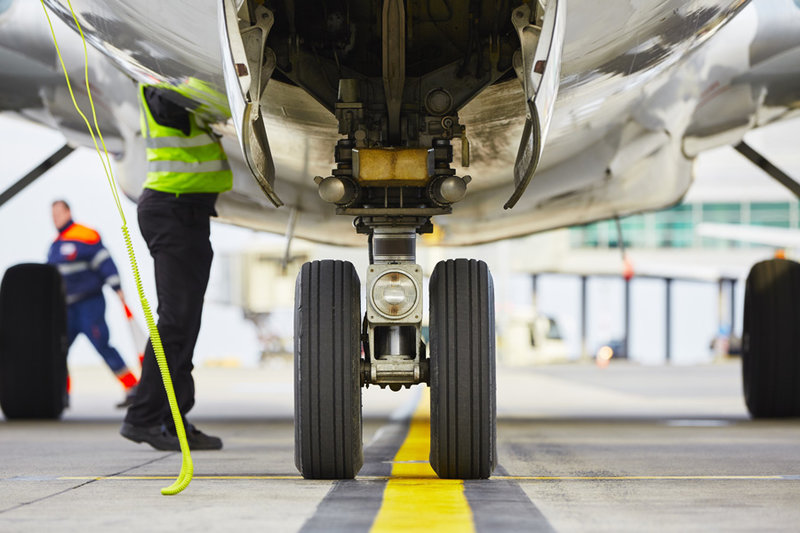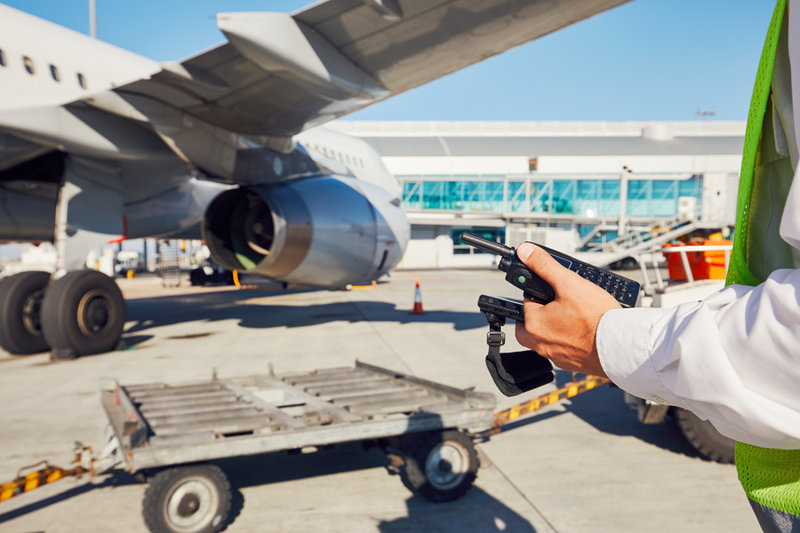Ground handling operations
The challenges of funding ground handling operations at UK airports
At a time of when margins are already tight, airports must invest money in new equipment to meet the demands of tomorrow. Daniel Bailey, managing direction of Arkle Finance, offers Patrick Kingsland his thoughts on the finance options open to airport operators and service companies
From stricter new emission rules to rising passenger numbers, ground handling equipment at today’s airports - both large and small - are increasingly feeling the strain.
But financing new equipment isn’t straightforward. High street lenders generally have a limited appetite when it comes to aviation finance, meaning specialist lenders have filled the gap with a range of different funding options.
Here, Daniel Bailey, managing director of Arkle Finance - a funder that has been providing specialist finance for more than two decades - unpicks the options and explains how airports can best cope with today’s challenging operating environment.
Daniel Bailey, managing director at Arkle Finance.

Image courtesy of
Patrick Kingsland: Can you give me a sense of the current financial pressures that big and small airports are facing? Where are these pressures coming from?
Daniel Bailey: The combination of rising passenger numbers, finite capacity and tougher emissions requirements for powered ground service equipment are all putting financial strain on UK airports.
Two of the chief pressure points are airports’ existing infrastructure and ground support equipment (GSE). For airport owners and operators, as well as the supply chain of service companies they rely on, the challenge is stark.
All things being equal (and let’s assume a managed Brexit process for this purpose), extra footfall should mean improved profits. But the extra strain will mean the real issue is not whether airports can maintain margins, but whether their infrastructure can cope.
Just a few airports have the luxury of a huge financial backing. So for many smaller players, aviation finance can be an effective way to bridge the funding gap between the reserves they have and the full cost of a necessary investment in infrastructure and equipment.
iBeacon technology will provide indoor directions, walking times to gates, lounge access and boarding alerts
How are these financial pressures impacting the ability of airports to invest money in new ground handling equipment?
DB: While the challenges facing Britain’s network of regional and smaller airports are often universal - stretched budgets and increasing demands on ageing infrastructure - each will have individual needs and aspirations in their business plans.
However many have been forced to adapt their plans by the prospect of stricter new emissions rules for powered GSE. With some airports anticipating that their existing airside vehicles - from tugs to Fod cleaners - would have a lifespan of 15 years, the realisation that some of this equipment could need replacing much sooner will come as a shock.
Buying such equipment outright and en masse is likely to be impractical. However using leasing or finance to spread the cost over an agreed period will relieve pressure on capital expenditure, and free up working capital and existing bank facilities for other projects.

Image courtesy:
You’ve said previously that “most banks – and even many non-specialist finance providers – struggle to adequately understand GSE as an asset class. Does this apply to airport operators and service companies too?
DB: High street lenders often have a blind spot - or at least limited appetite - for aviation finance. As a result, several specialist lenders have stepped in to provide this vital type of finance to the airport sector.
The best-run airports will typically have a finance director or CFO who is willing to investigate the full range of funding options available to them, in both the secured and unsecured lending space.
Aviation finance can be suitable for both large and smaller airports, with many of the products tailored to each airport’s needs. Operators may opt to deploy hire purchase or leasing in support of their expansion, upgrades or equipment replacement.
iBeacon technology will provide indoor directions, walking times to gates, lounge access and boarding alerts
Could you describe in detail the finance landscape and options that are available to airport operators and service companies? What advice do you have to these companies seeking finance?
DB: Aviation finance can be broken down into a number of groups. These include leasing finance, hire purchase and light aircraft often supported by aviation mortgages.
Leasing finance may be suitable for developing airports seeking to preserve cash as the repayments are broken down over a number of months, ranging from 12-84 months. Leasing can be used to finance almost everything, both airside and landside, from electrical buses to high safety steps.
For smaller airports looking to expand, leasing their GSE makes sense as it allows them to spread the cost of big capital investments, without dipping into cash reserves. It’s often seen as the best way to achieve the delicate balance of simultaneously maintaining growth, safety and profit.
One added benefit of leasing GSE is that you can associate servicing and maintenance contracts with the equipment and match them to the finance term. You don’t have to pay additional fees for maintenance (both repair and dealing with wear and tear) of the equipment, as the company you’re leasing from is responsible for repairing or fixing it.
Could you tell us a bit more about Arkle Finance and the company’s experience in the aviation sector?
DB: Arkle Finance has been providing specialist finance to businesses large and small for more than two decades. We are an active lender in the aviation finance space, and are proud of the role we play in helping Britain’s airports achieve their financial goals.
We work with around 150 introducers in the UK, including brokers, consultants, manufacturers, vendors and industry professionals. We offer a range of products that are suitable for a variety of borrowers, and we are a leading provider in the leasing and hire purchase space.
From an individual looking to fund the purchase of a light aircraft, to an airport that needs to lease a fleet of airside vehicles, we pride ourselves on providing the right finance, tailored to each customer’s needs.

Image courtesy:
iBeacon technology will provide indoor directions, walking times to gates, lounge access and boarding alerts